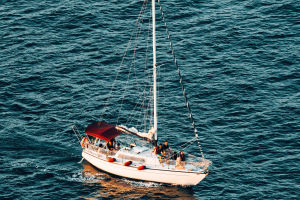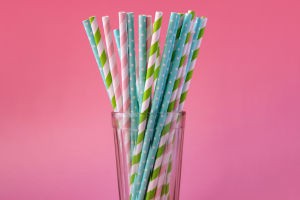If you thought all binoculars were the same, you were wrong! As an essential tool that can bring your favorite hobby to life, the right pair of binoculars can make all the difference.
But with so many models out there, how do you find the perfect one for your needs? Here’s a guide to help you make the best choice, tailored to your specific hobby.
Know the Basics: Magnification and Lens Size
When choosing binoculars, the numbers matter. The first number (like the "8" in 8x42) refers to the magnification, which tells you how much closer objects will appear. The second number (the "42") indicates the size of the objective lens, which affects how much light the binoculars capture. For general purposes, an 8x42 model provides a solid balance of magnification and brightness without being too heavy.
Magnification Explained Easy
Magnification is simple: a pair of 8x binoculars will make an object appear eight times closer than it actually is. Higher magnification like 10x or 12x brings objects even closer but can also make the image shakier if you're not using a tripod. For activities like birdwatching, 8x magnification is generally sufficient for a clear, steady view. On the other hand, stargazers or hunters might prefer higher magnifications for distant objects.
Match Binoculars to Your Hobby
Your specific hobby will determine the best type of binoculars:
Birdwatching & Wildlife Viewing: A wide field of view is key here, so you can easily track moving animals. Models like 8x42 or 10x42 are ideal, offering sharp details and bright images even in early mornings or shaded areas.
Hiking & Traveling: Portability is essential. Compact binoculars, such as 8x25, are lightweight and easy to carry but still offer solid magnification and clarity.
Astronomy: If you're stargazing, opt for binoculars with larger objective lenses and higher magnification, like 10x50. These allow more light in, making them perfect for spotting stars and planets.
Important Features: Eye Relief and Field of View
Eye relief, the distance from the eyepiece to your eye, is crucial for comfort, especially if you wear glasses. Look for models with an eye relief of at least 15mm to avoid straining your eyes. The field of view is another factor - binoculars with lower magnification will offer a wider field, which is great for following fast-moving subjects like birds.
Durability and Weather Resistance
For outdoor adventures, your binoculars should be able to withstand the elements. Waterproof and fog-proof models are essential if you’re heading into wet or humid environments. Binoculars with a rubber coating provide extra grip and protection, ensuring they last through rugged conditions.
How Much Would They Cost?
Binocular prices vary greatly depending on quality and features. You can find budget models for as low as $50, but these may lack clarity or durability. Mid-range binoculars, priced around $200 to $500, are great for most hobbyists, offering better optics, durability, and weatherproofing. High-end binoculars can cost over $1,000, delivering top-tier performance with premium lenses, robust construction, and features like image stabilization for specialized activities like astronomy or marine use.
Choosing the right binoculars is about more than just numbers, taking the time to consider your specific needs will lead to a more enjoyable experience. Once you get all the info you need, go straight to a binocular shop and enjoy your new eyes!


